In November, I further followed my interest in Underwater Videography by flying to San Diego to participate in a Workshop at the Gates Underwater Housings Headquarters. At this workshop, I learned how to Set-Up, Test and Operate different Gates Housings for Red Cinematography cameras.
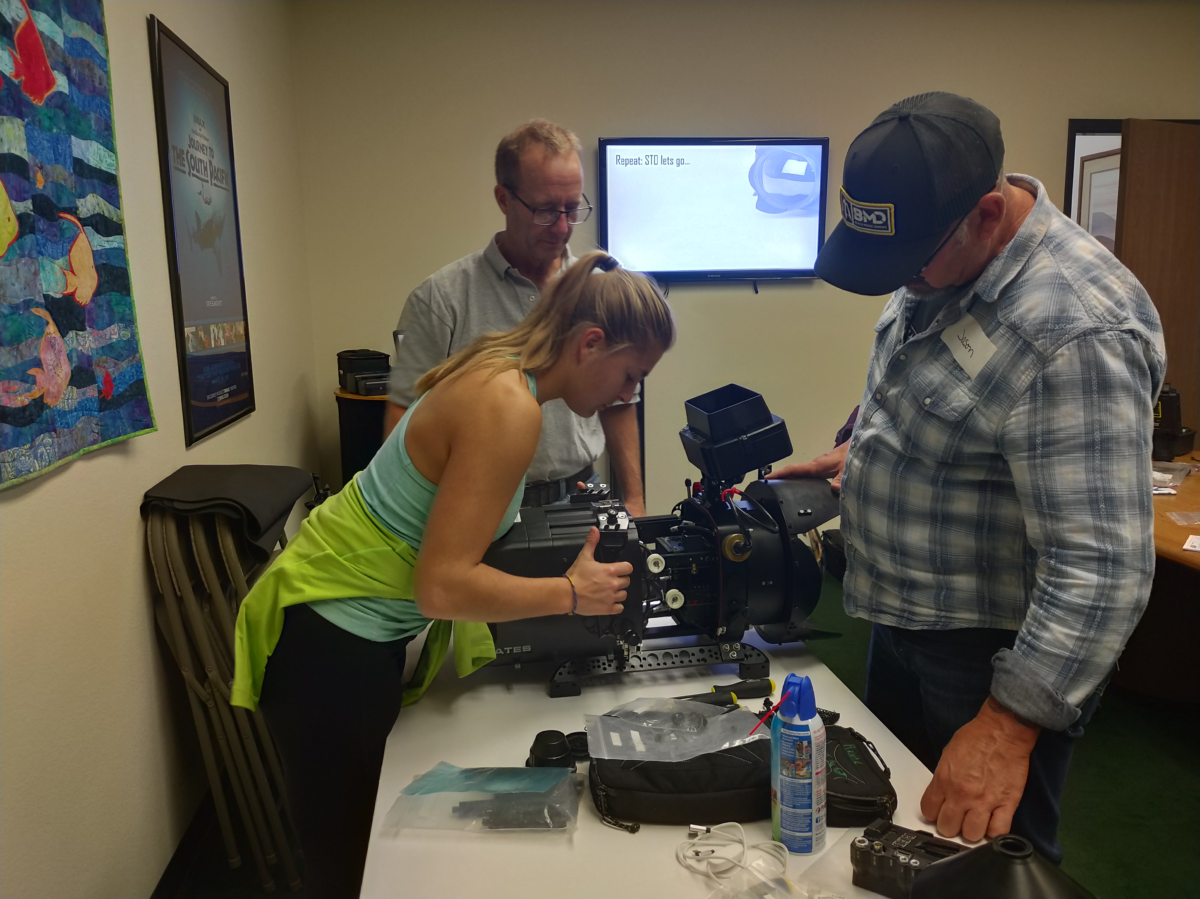
Not having known much about, RAW video formats and the specifics of settings in Videography compared to Photography, I was luckily quickly taken under the wing by all the other Workshop participants who all already had quite some experience in Underwater Filming.
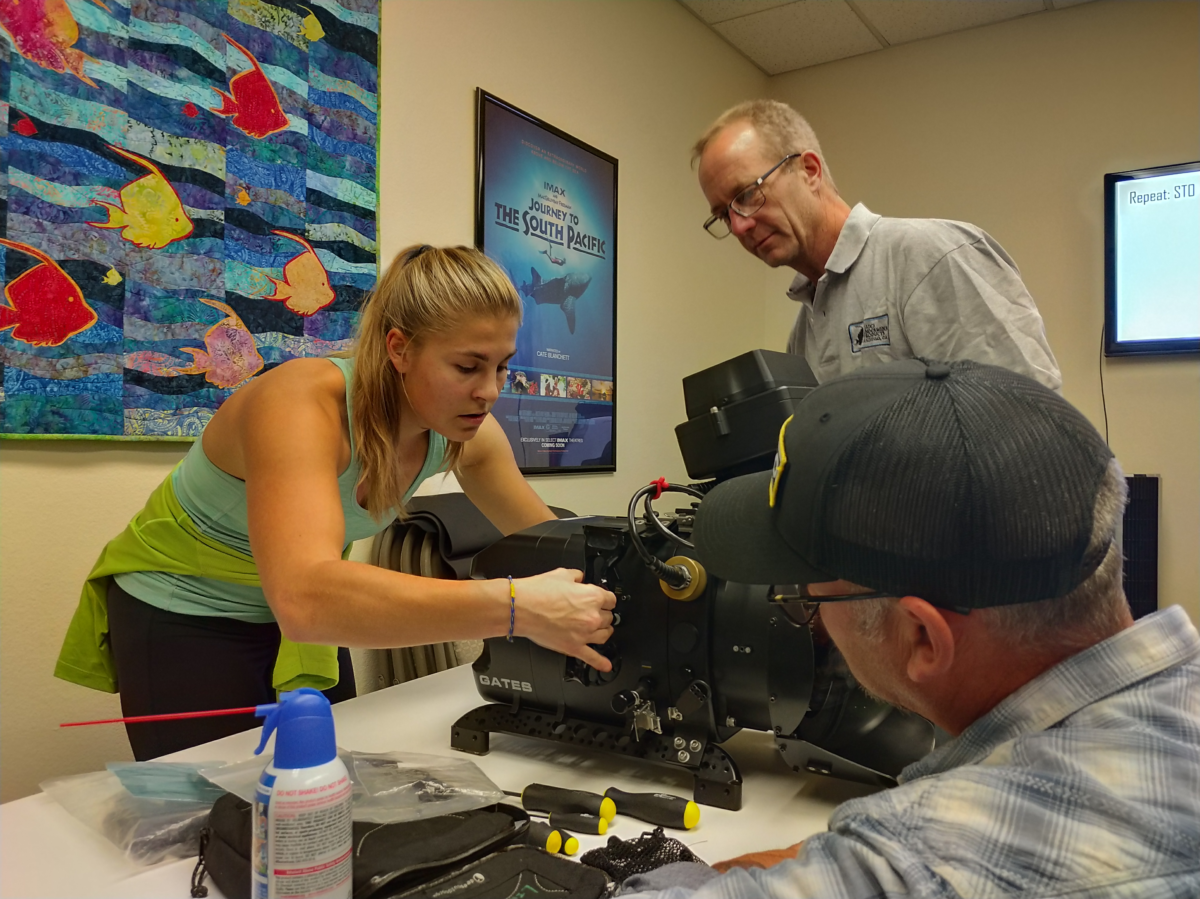
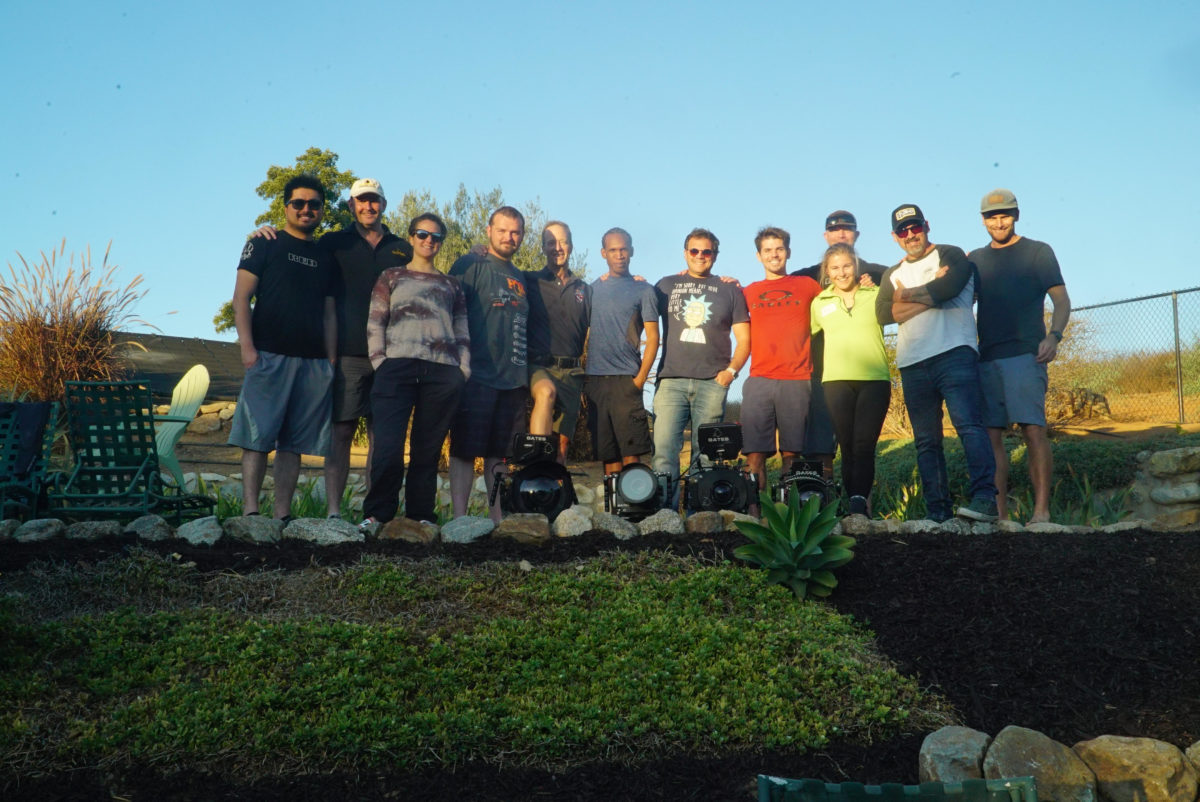
There was a lot to learn from them, and even just listening to their conversations over dinner, which were filled with names and “code words” commonly used in the film-making industry, provided me with a steep learning curve while trying to “decode” all these specific terms! They, at the same time, were super patient with me, explained a lot, and we all had a whole lot of fun handling and testing the huge housings with the Red cameras inside, in a small backyard pool on the last day as a highlight!
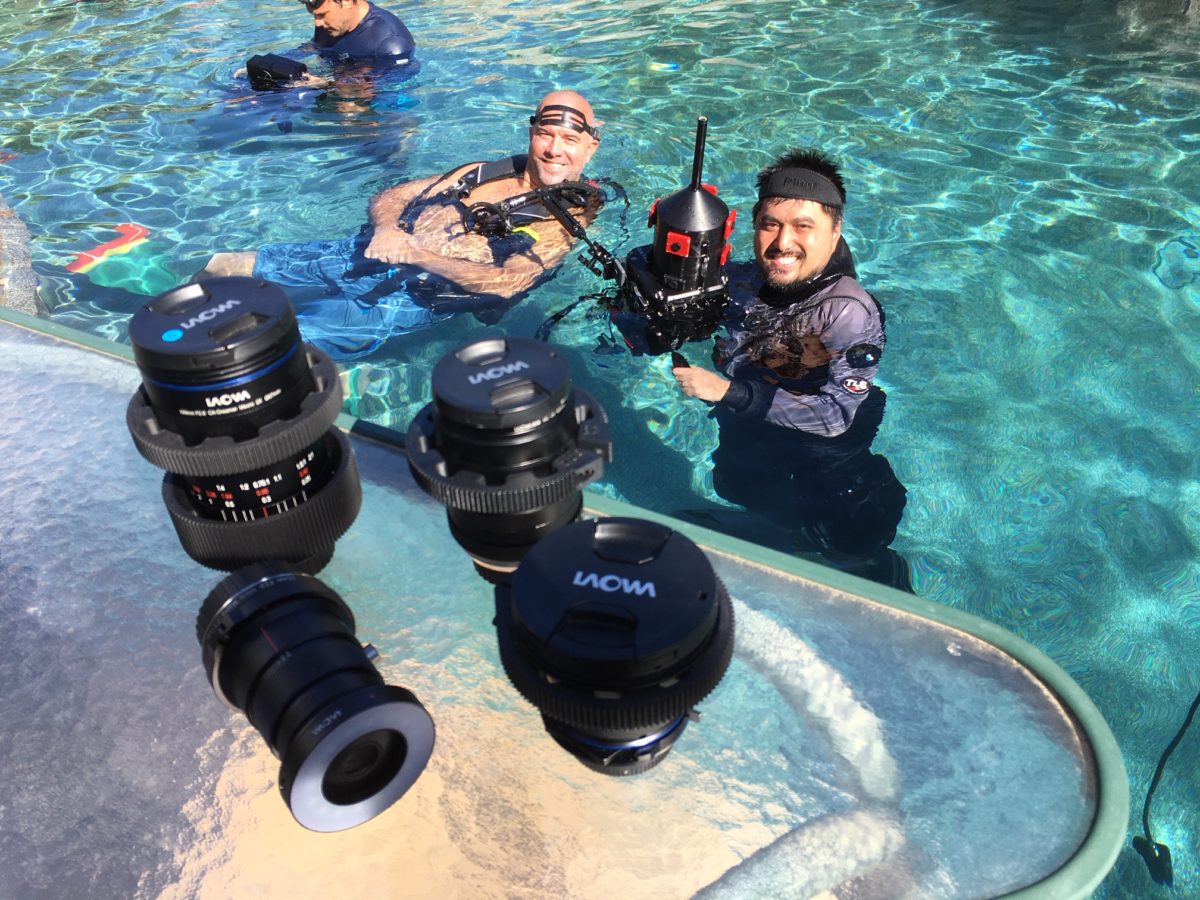
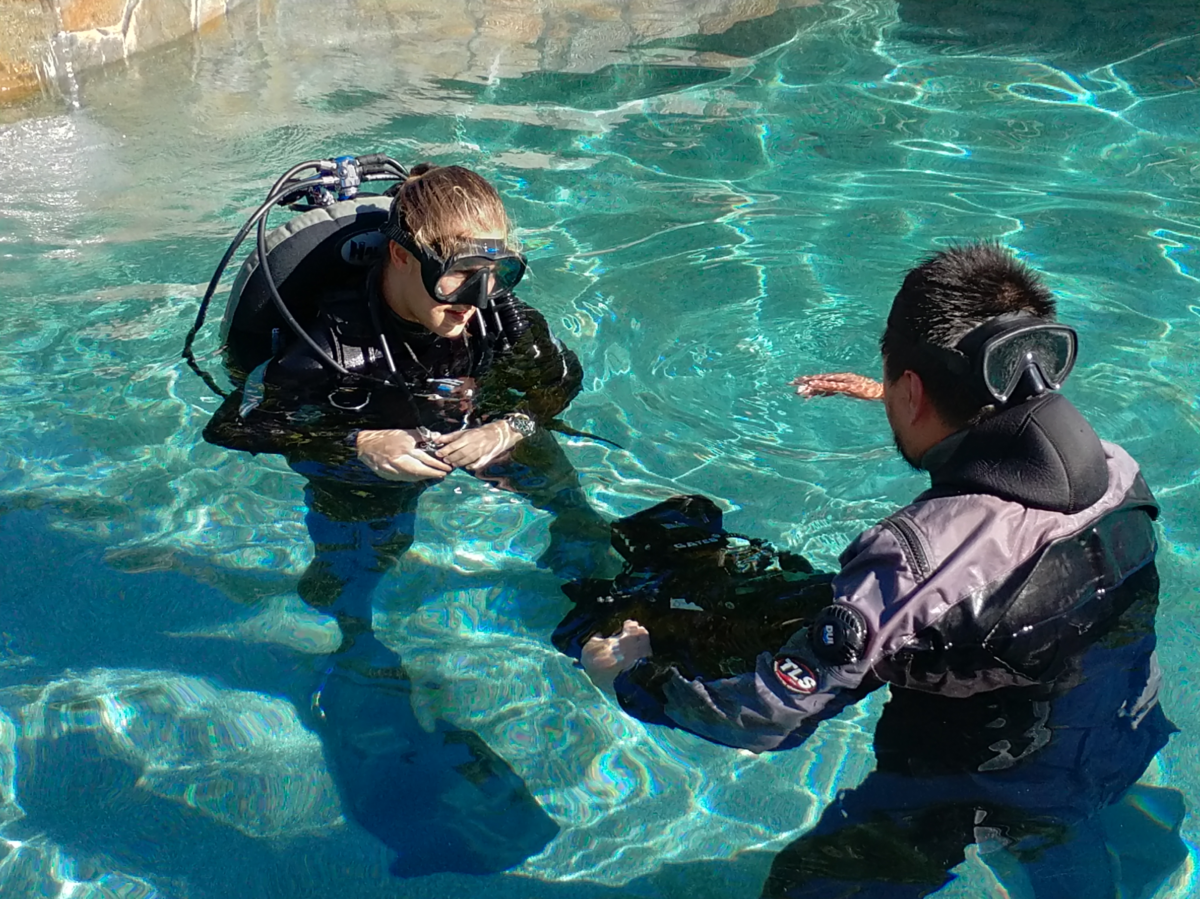
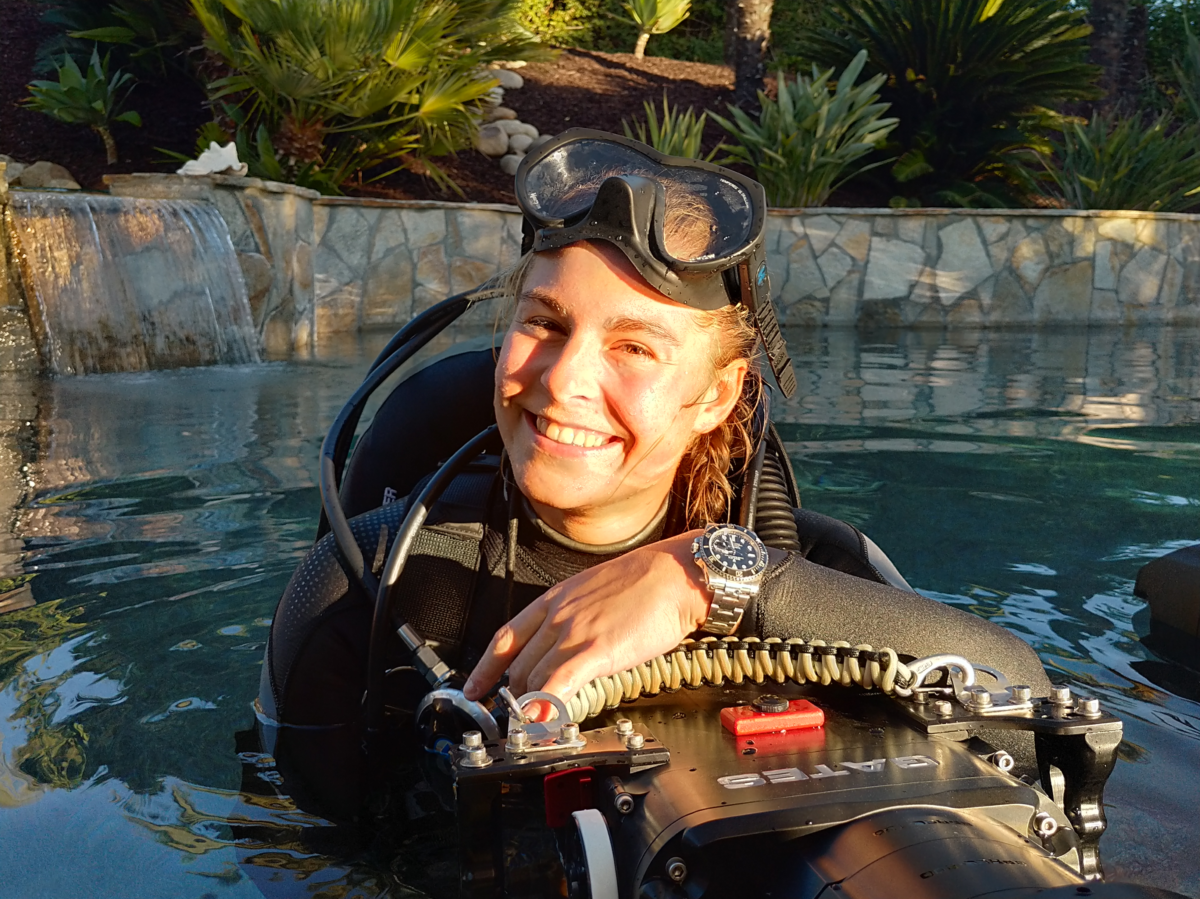
The STO course was followed by a workshop in Editing and Colourgrading of Underwater Video footage with Davinci Resolve, which was taught by Peter Lightowler from Downunder Aquatic Imaging, who gave us an excellent and fun introduction into this new programme. Although my laptop had a hard time coping with the processing-intensive RAW footage, I managed to take away a lot of interesting and useful tips!
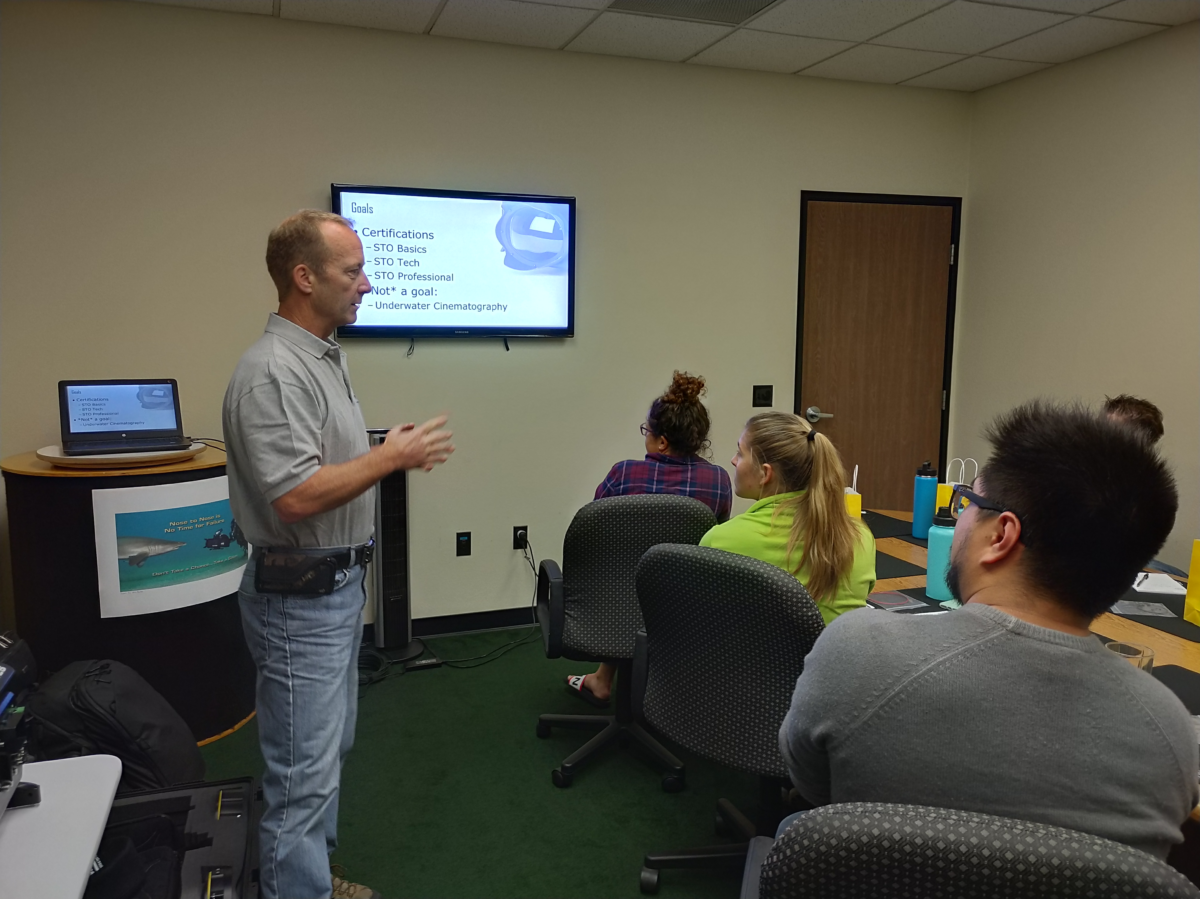
As the next stop on the itinerary I then participated in my first ever DEMA show in Orlando – my mind really was blown by the sheer size of the show, as well as seeing so many Scuba-passionate people in one place all together! It was a great opportunity to meet many Sponsors and OWUSS supporters in person, as well as to meet many inspiring people, some of them I had been lucky enough to have crossed paths with already in the past scholarship months.
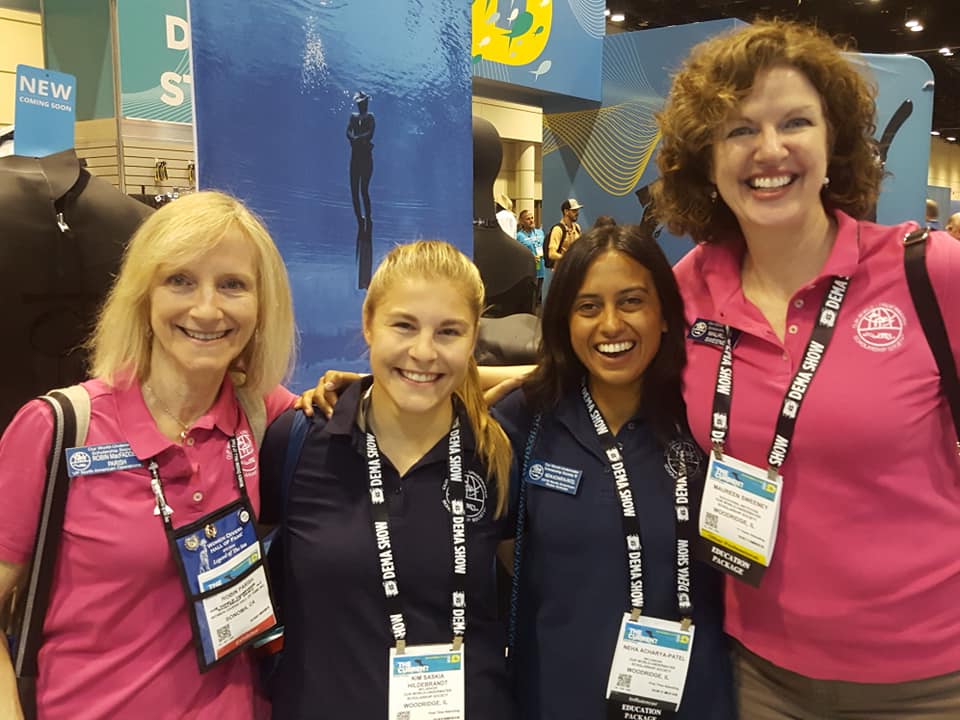
At the OWUSS DEMA breakfast, a gathering of hosts, supporters, sponsors, and many members of the Board of Directors of the OWUSS, Neha, Joanna and I all got the chance to share our experiences of the first half of the scholarship year in the Videos that we had been working on for many weeks in preparation to DEMA. This time presenting in front of many familiar faces, compared to the NY event in April, it made me feel very grateful that I had obviously grown into this world of underwater-enthusiasts so much in just 6 months! It was a very rewarding experience to hear a lot of positive feedback about our achievements so far, and I couldn´t wait for the adventures to come!
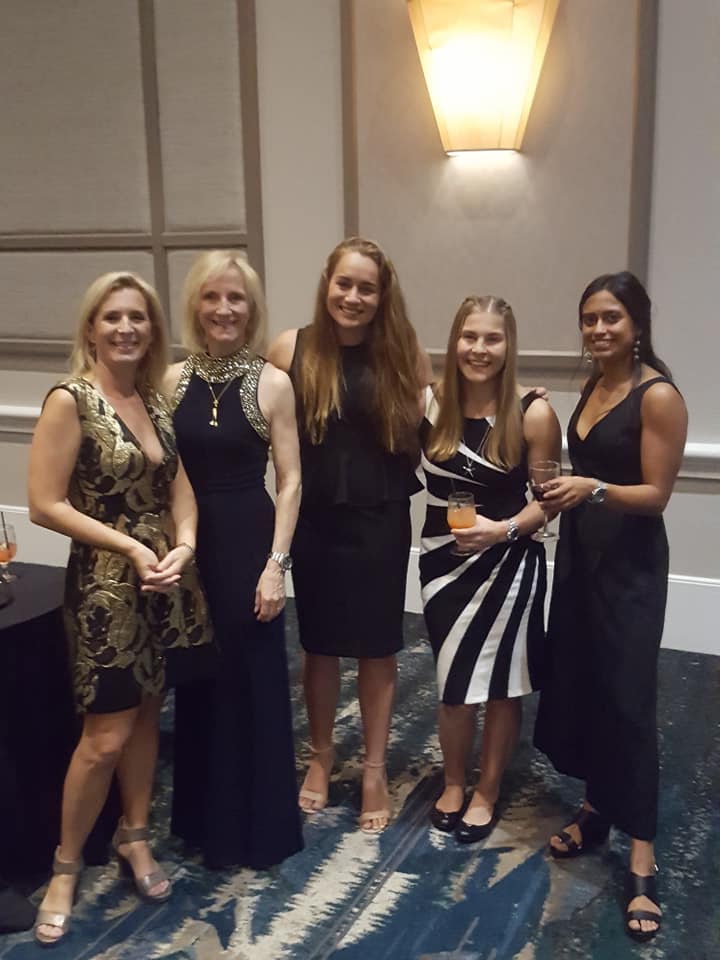
We were also invited to attend the Nogi Awards, where we were able to meet many very inspiring and lovely people who have accomplished very different incredible things in the diving world. It was an honour to be introduced to some of them by the OWUSS family!
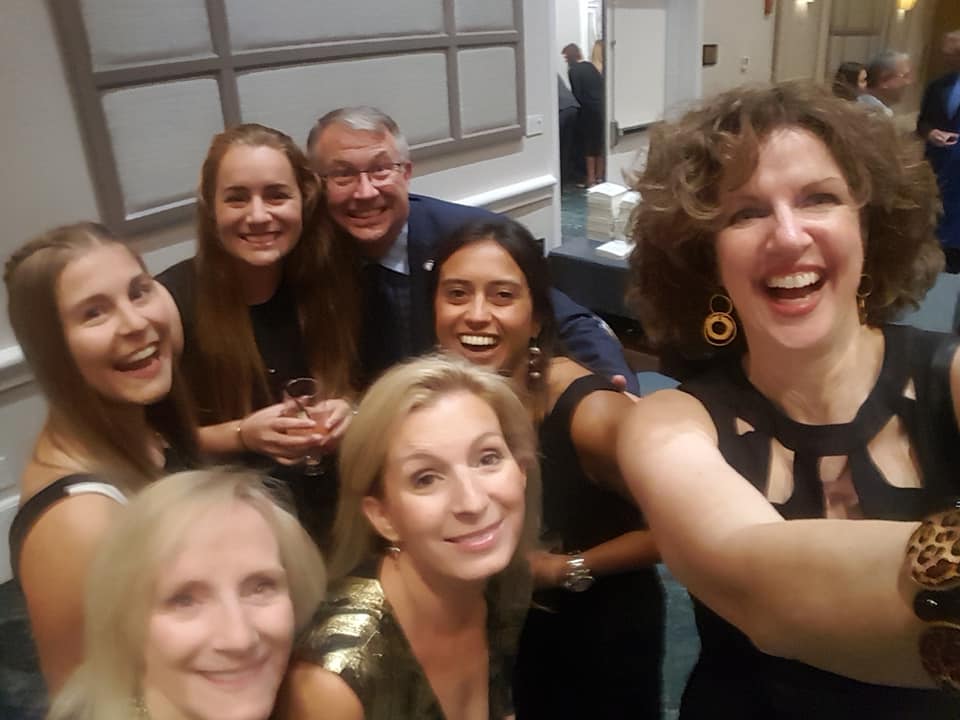
After DEMA, I realised a big goal of mine: I took the next step on the ladder of Diving certifications and became a Padi Scuba Diving instructor in an Instructor Development Course taught by Luke Inman from Cortez Expeditions in La Paz, Mexico. Thank you so much Luke for making this possible for me!
In general, I am a very sports-enthusiastic person and have enjoyed teaching or encouraging people in other sports before the scholarship already, so becoming a Scuba Instructor was a natural development of that enthusiasm.
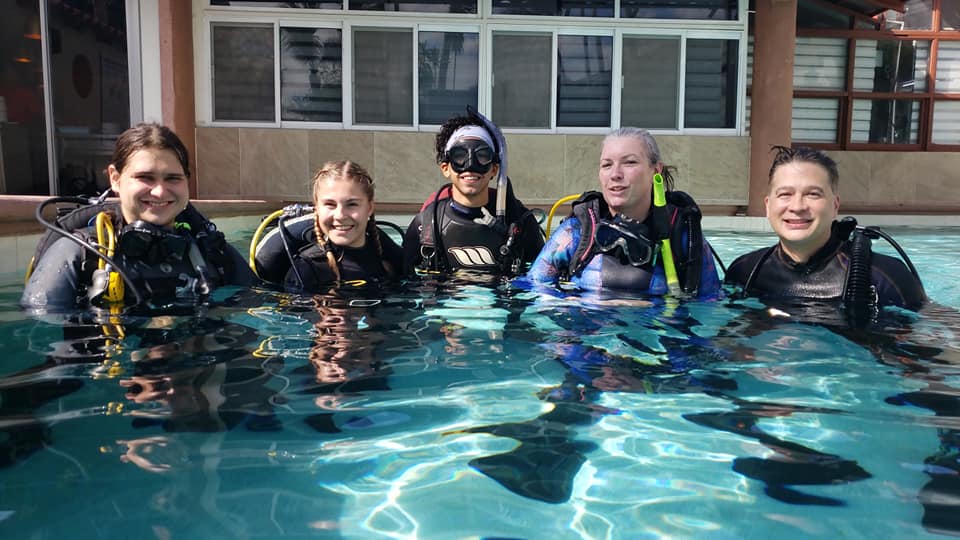
The course involved 10 full-on days of learning about PADI´s teaching philosophy, and brushing up the own underwater skill demonstration and Knowledge Development presentation skills as well as our First Aid Skills.
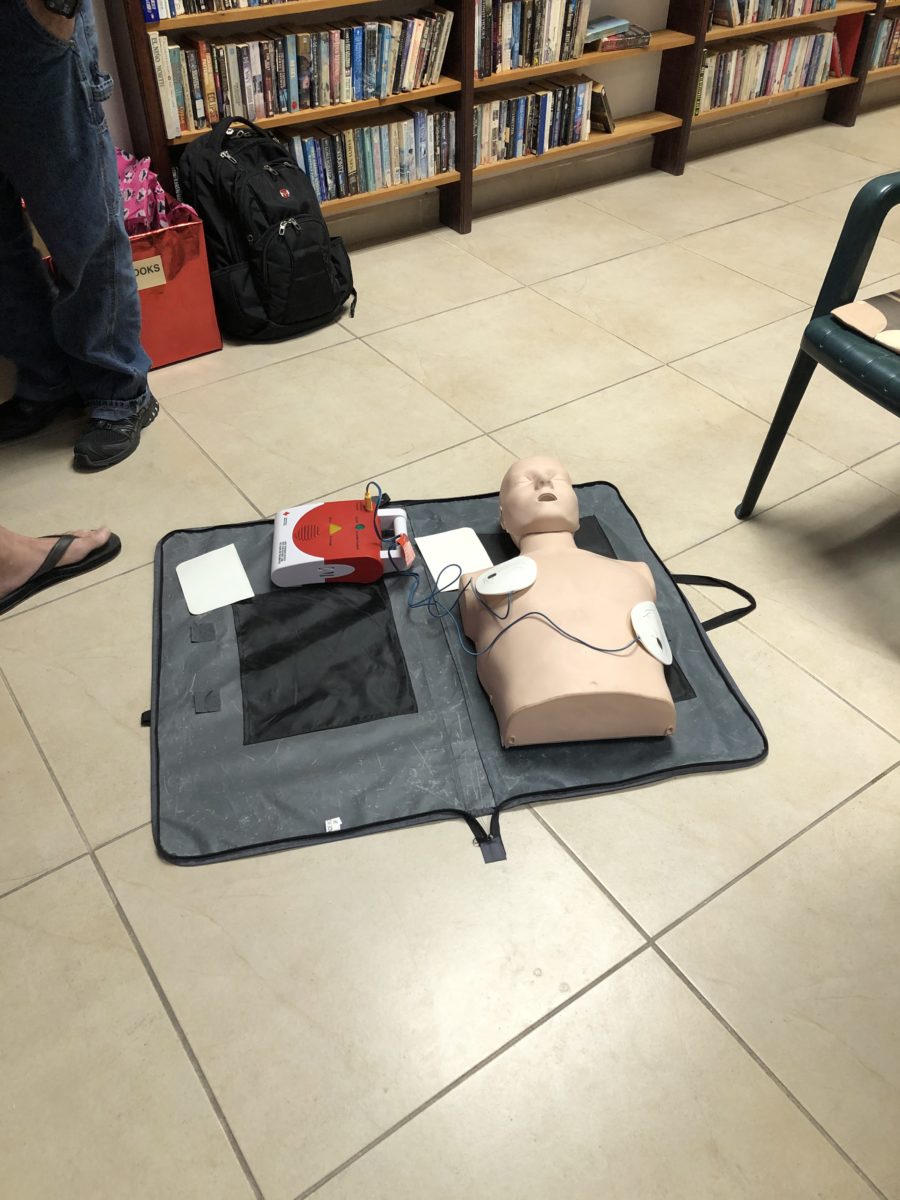
I really liked the positively-reinforcing nature of teaching that we learned, and it was interesting to have to remember how you felt as a novice Scuba Diver, as showing empathy is very important in encouraging new Scuba Divers. It was particularly fun acting as a fresh Open Water student again, performing some of the common mistakes, to give every Instructor Candidate the chance to practice their problem-solving skills.
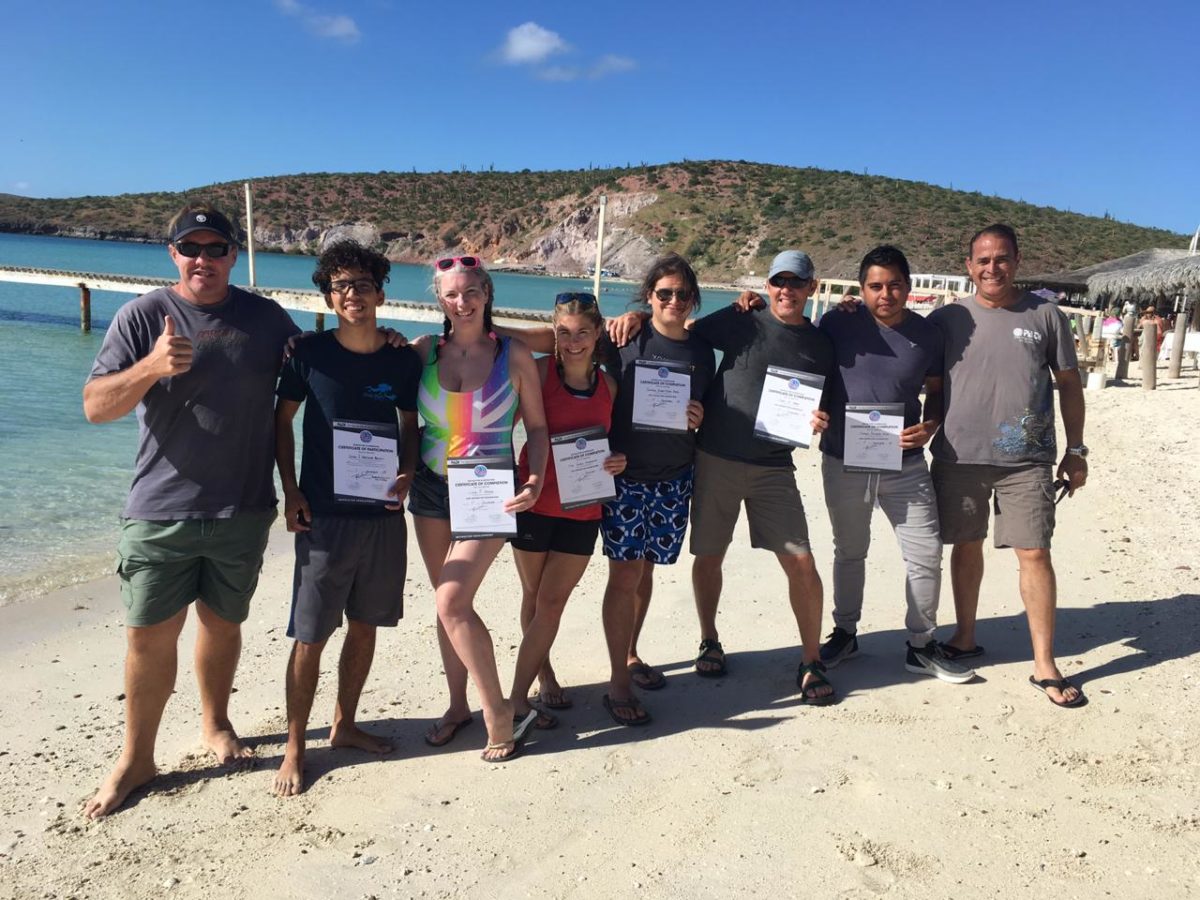
The course was then followed by 2 intense examination days and luckily, in the end we all got to call ourselves freshly-certified Padi Dive Instructors!
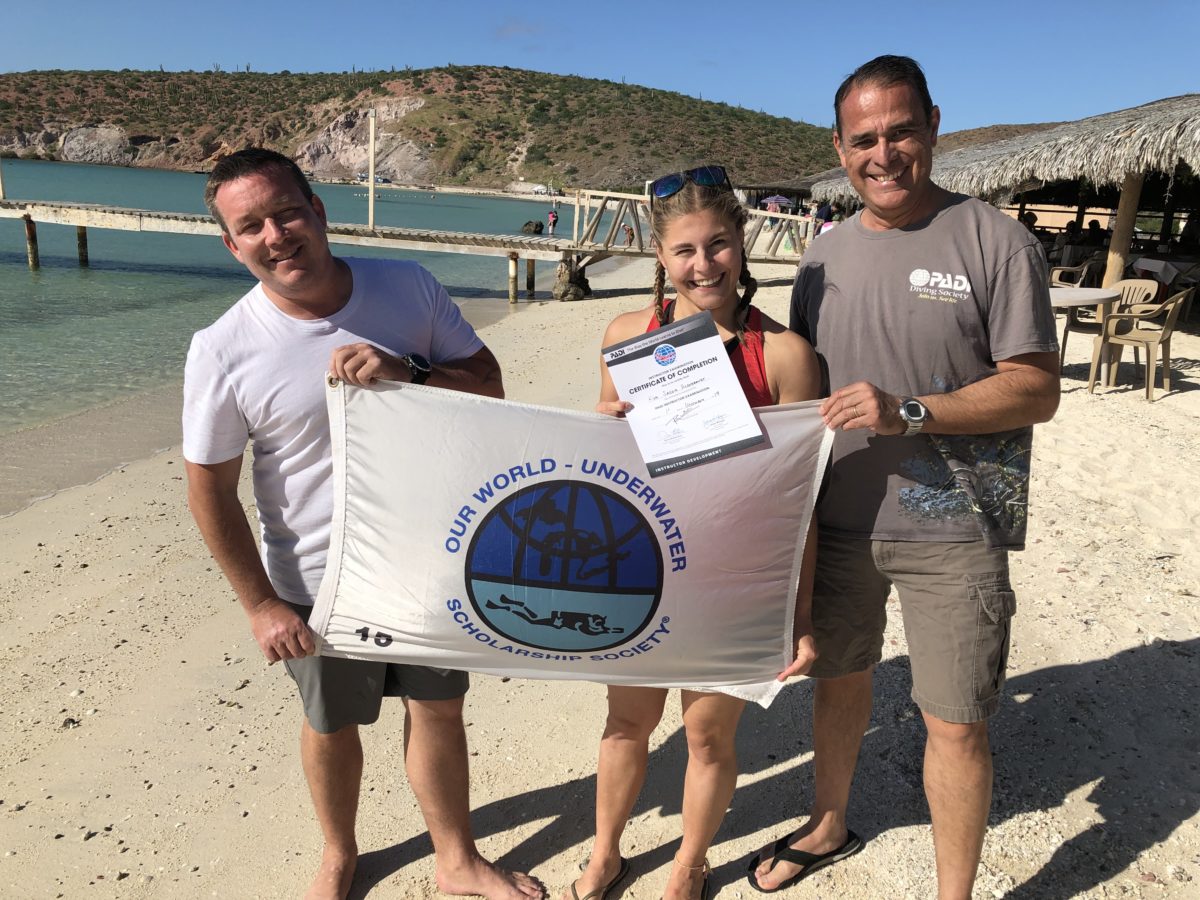
And following the course, as a little reward, I then couldn´t wait to jump into the Sea of Cortez at Isla Los Islotes to experience the adorable Sea Lions there. Such interactive and photogenic animals! Thank you, Cortez Expeditions, for making this possible for me!
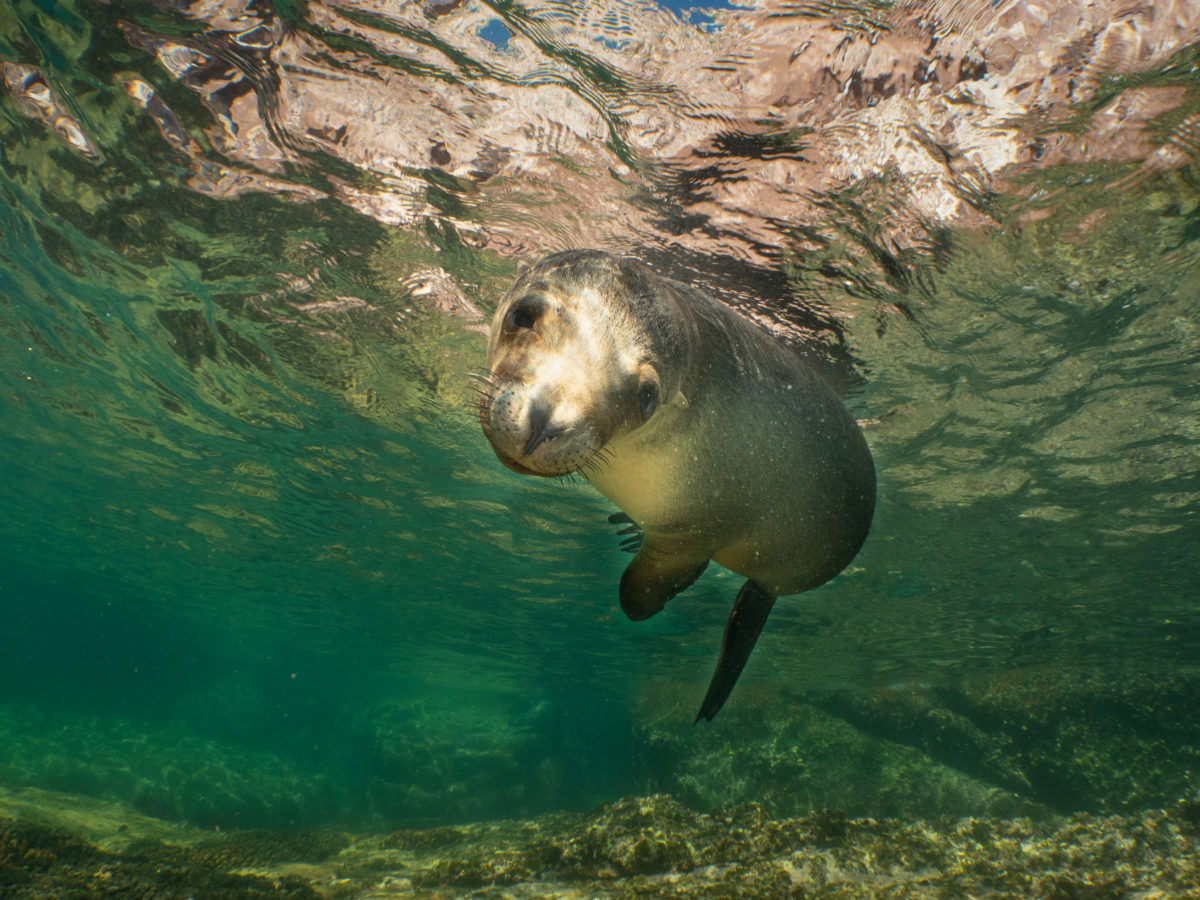
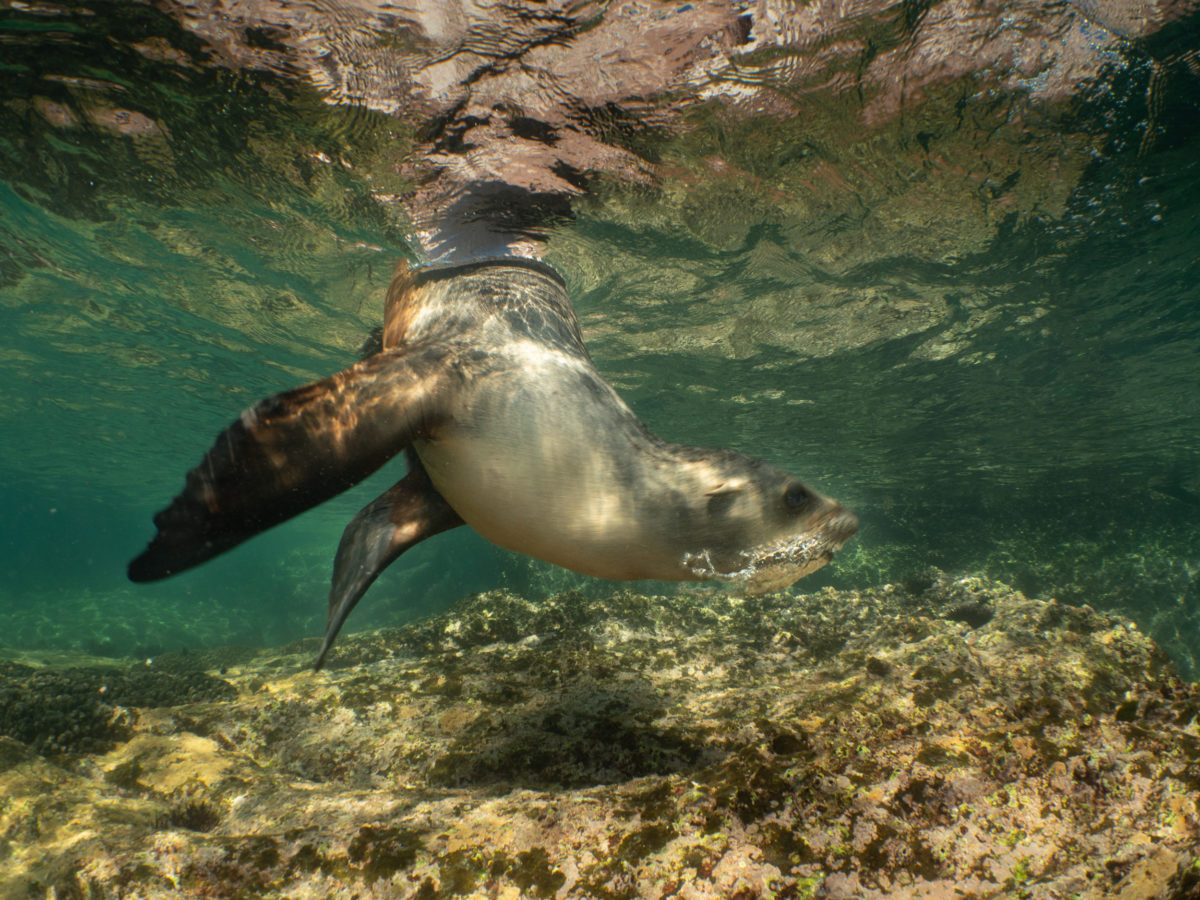
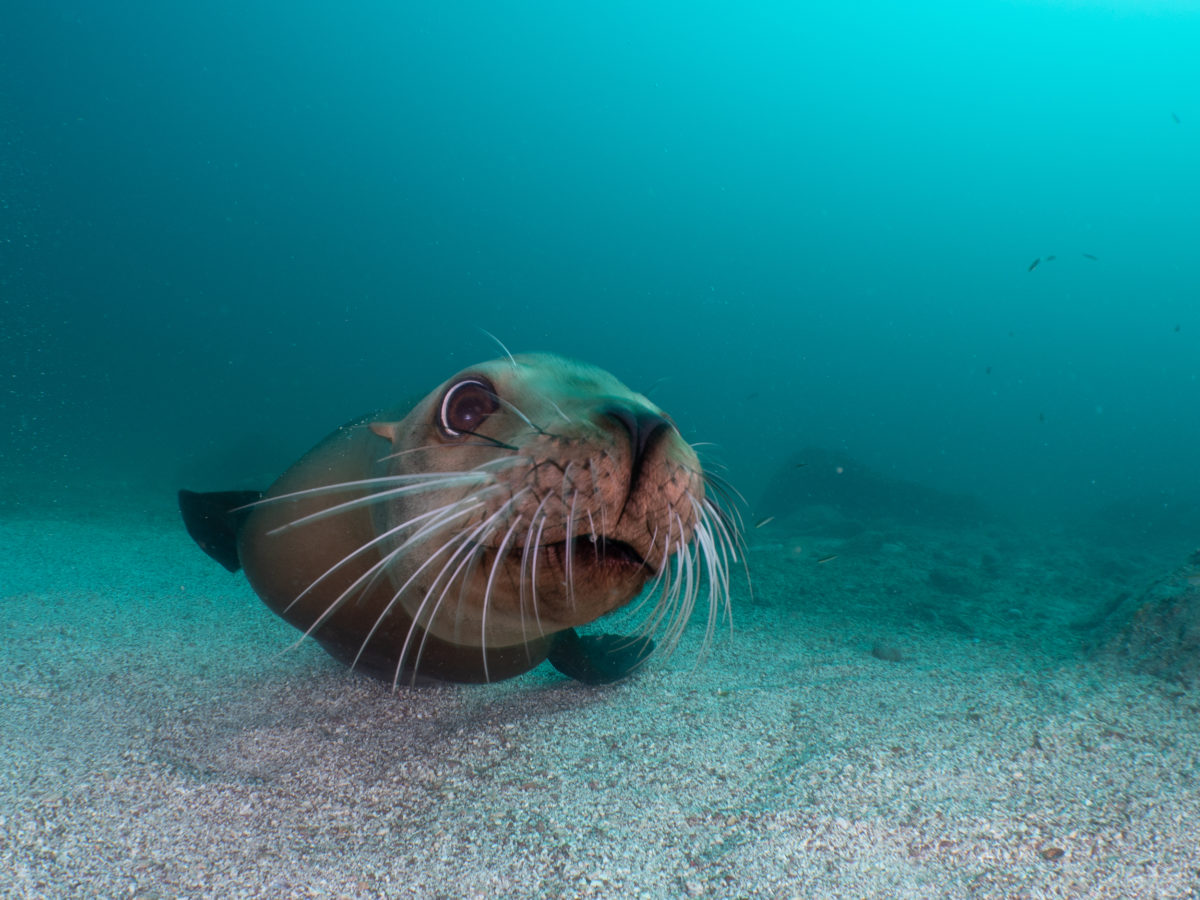
Duringmy time in La Paz, I got in touch with the Shark and Ray Research NGO Pelagios Kakunja, who are working on many interesting research projects around Baja California, the Revillagegedo Islands (Soccoro), and many other places. I met with Pelagios´founder James Ketchum and Director of Marine Conservation, who told me about his successful path in Shark Research, and he explained methods such as Shark Tagging and Tag technology to me. This was particularly interesting, as I had already learned about and assisted in Marine Mammal Tagging earlier this year, but I had not realized how much more difficult Migration Tracking could be with a pelagic shark species which would not have to come to the surface to breath like Marine Mammals. Thank You James for taking the time for such in depth explanation for me!
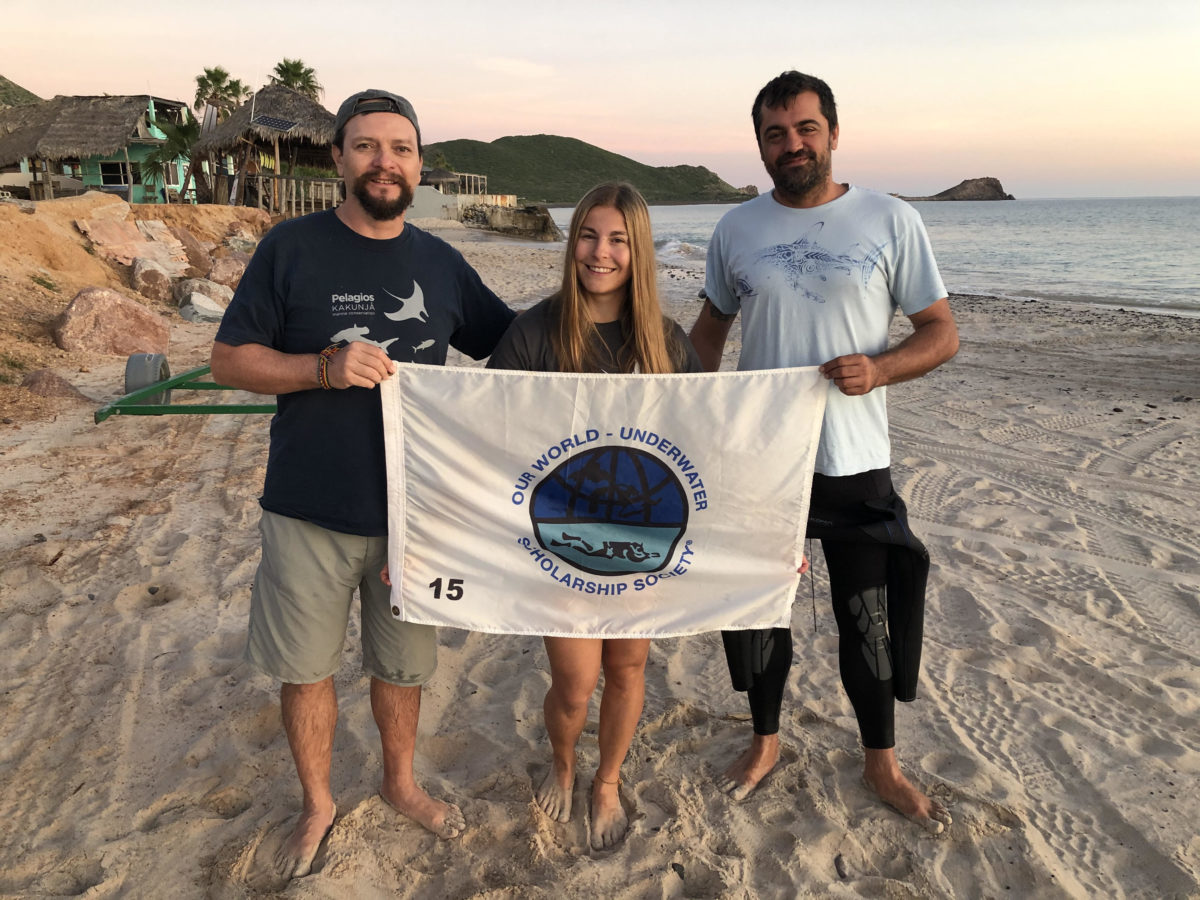
I also listened to a talk of the PhD student Katy Ayres about her method of aerial drone surveys to monitor Black Tip Reef Shark populations along Cabo Pulmo. And very luckily, I got invited by James, to accompany Miguel Grau (Cabo Pulmo coordinator) and several students, including Katy, for a weekend of Bullshark Surveys in the Cabo Pulmo Marine Protected Area! The researchers come here almost every weekend to monitor the abundance and population structure of different Shark species through in-water as well as aerial surveys.
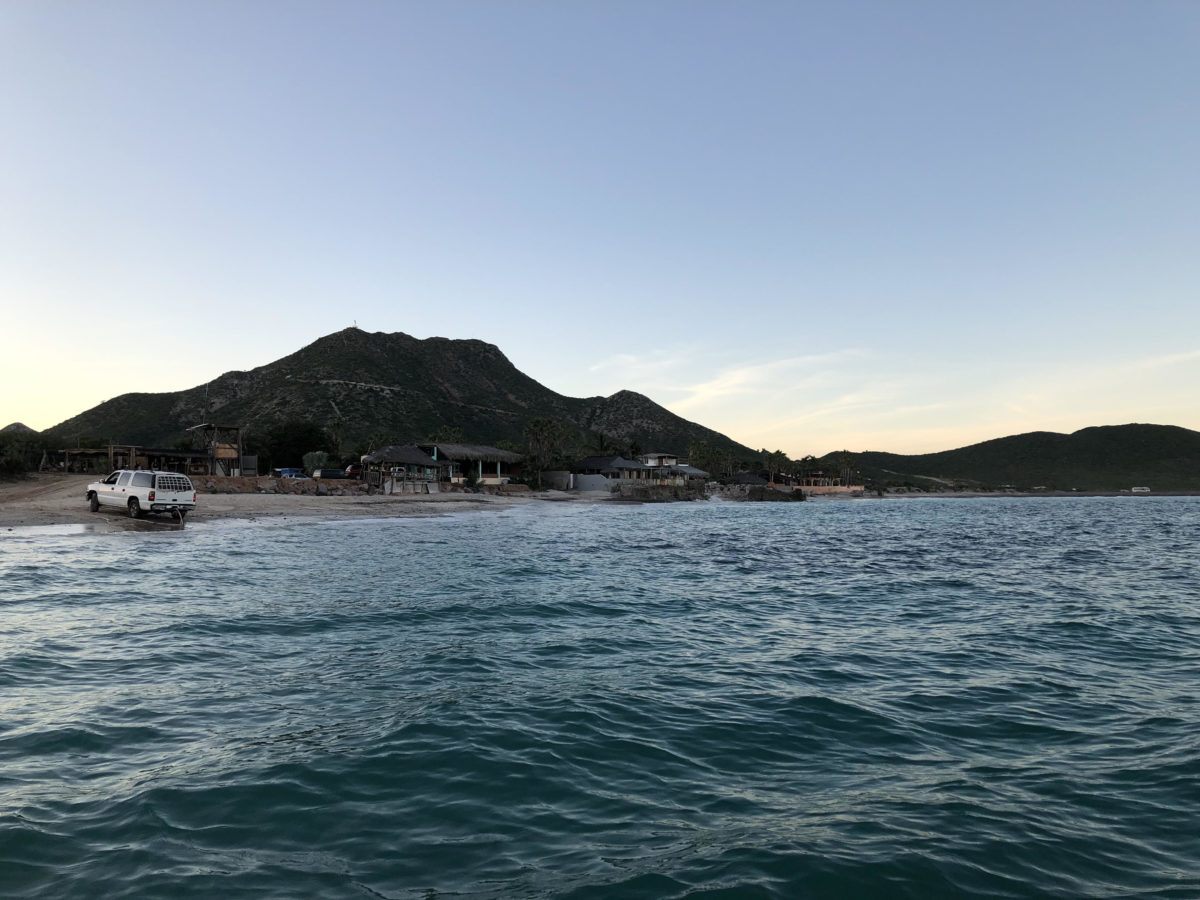
Cabo Pulmo is nowadays indeed a great example for a thriving Marine Ecosystem, as well as a world-leading example for a successfully and sustainably managed Marine Protected Area, and although we didn´t see any Bullsharks, I was blown away by the abundance of fish and corals there! Pelagios Kakunja´s frequent monitoring of the top predators in this area gives vital information about the state the Marine Environment is in. Thank you Pelagios for letting me be a small part of your work there on that weekend!
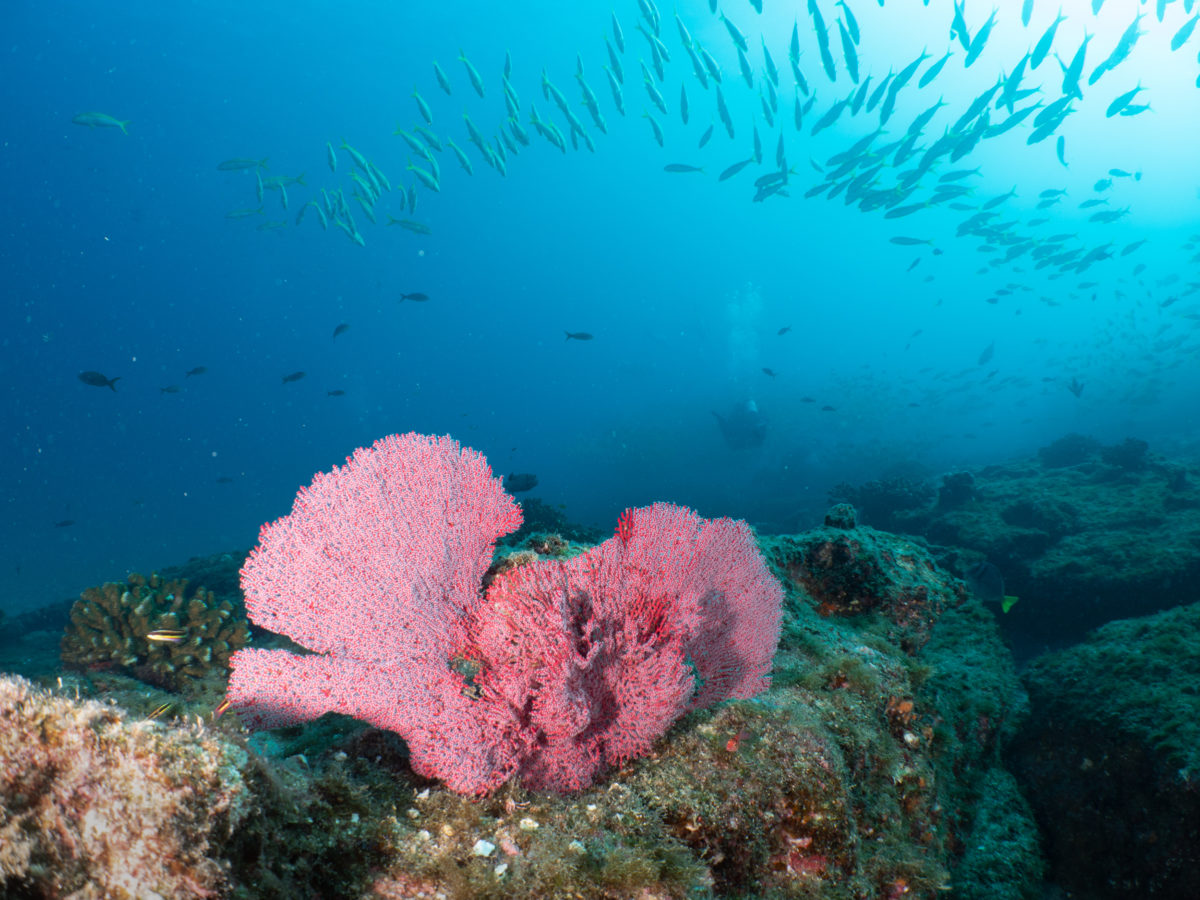
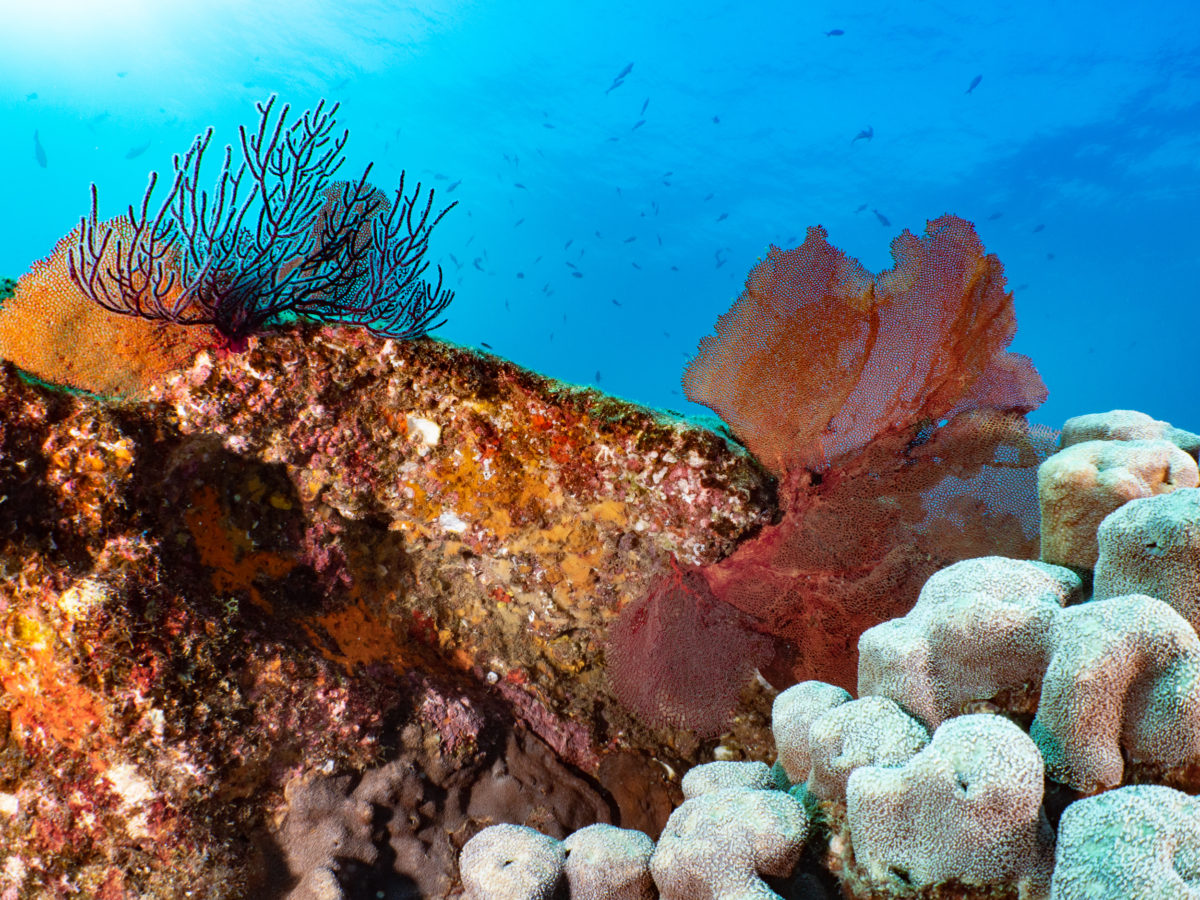
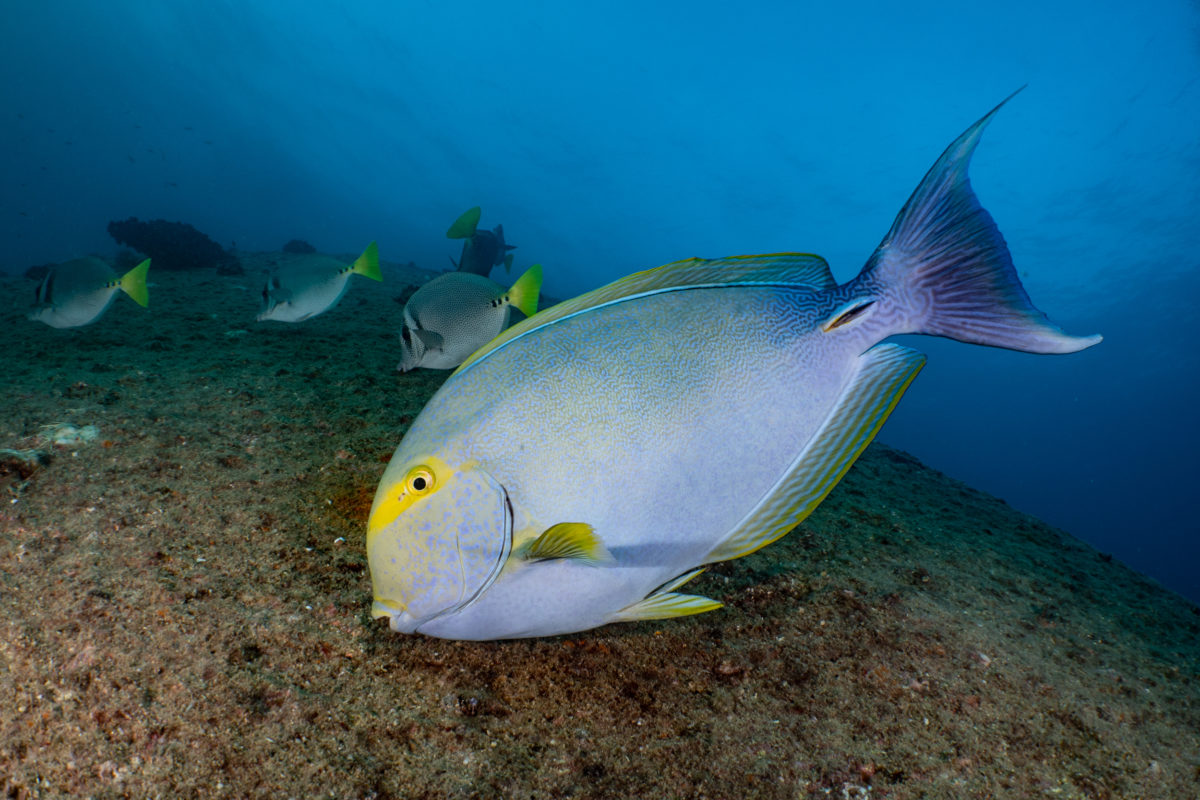
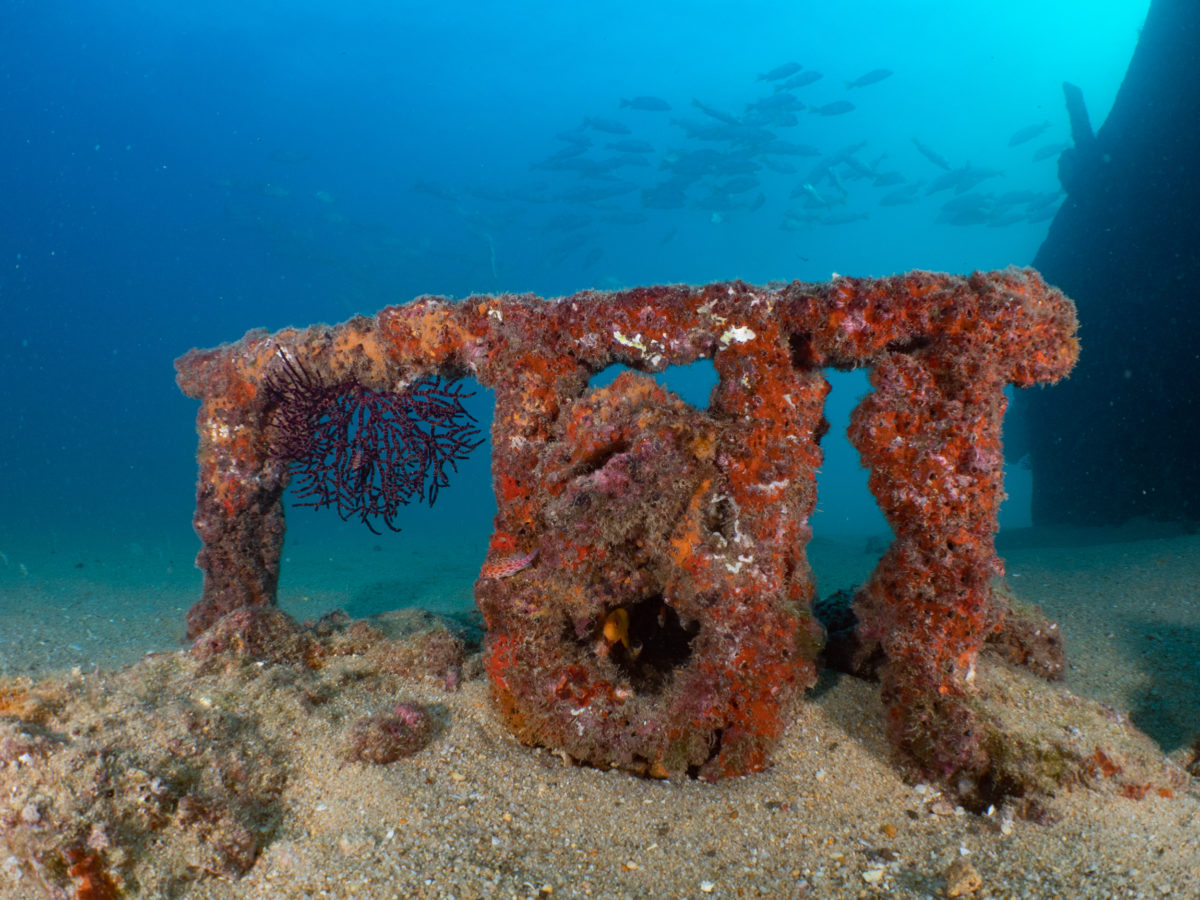
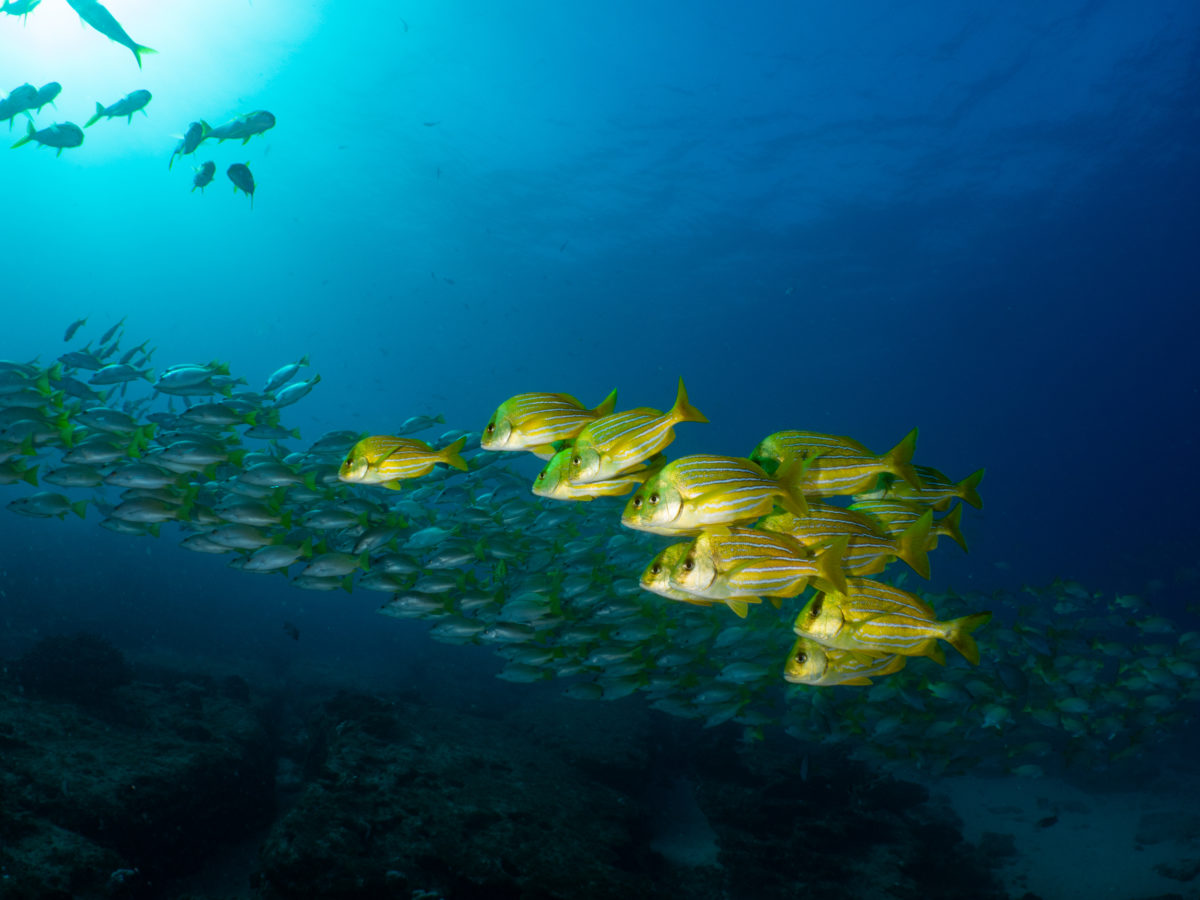
Thank you to everyone who supported me this month, Gates Underwater Housings and Downunder Aquatic Imaging for the STO and Editing course, Luke Inman and Cortez Expeditions for turning me into and instructor at the Padi IDC, and Pelagios Kakunja for sharing your amazing work with me! As well as a huge thank you to Rolex and OWUSS again of course.